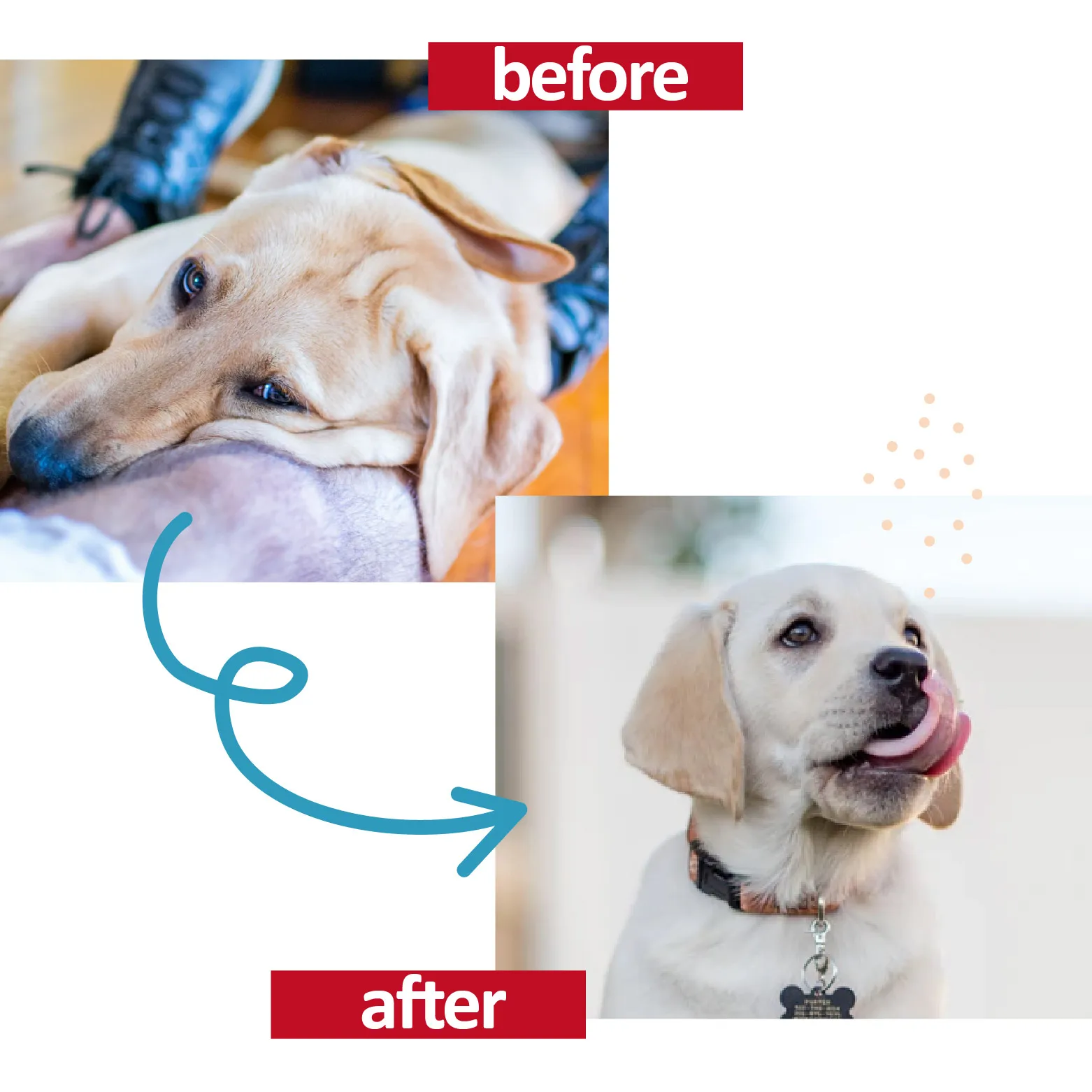H2>How to Care for Your Pet D-Tails: Tips and Tricks to Keep Them Healthy and Happy H2>
Guide or Summary:Understanding Tail Shapes and Their SignificanceKeeping Your Pet's Tail Clean and HealthyEncouraging a Healthy Tail WagThe term "pet d-tail……
Guide or Summary:
- Understanding Tail Shapes and Their Significance
- Keeping Your Pet's Tail Clean and Healthy
- Encouraging a Healthy Tail Wag
The term "pet d-tails" might sound a bit whimsical, but it's a perfect way to refer to the tails of our furry friends. Just like us, our pets have unique personalities and behaviors that make them special. Their tails play a crucial role in their overall health and happiness, and as pet owners, it's our responsibility to ensure that their tails are well taken care of.
In this comprehensive guide, we'll delve into the intricacies of pet d-tails care, offering practical tips and tricks to keep your furry friends' tails healthy and happy. From understanding the different tail shapes and what they mean to knowing the best grooming techniques, we've got you covered.

Understanding Tail Shapes and Their Significance
The first step in caring for your pet's tail is understanding its shape and what it might signify. Different breeds of dogs have varying tail shapes, and these can provide clues about their temperament and history. For instance, a straight tail might indicate a dog that was bred for working purposes, while a curly tail could suggest a playful and friendly nature.
Understanding your pet's tail shape is crucial when it comes to grooming and maintaining their tail. Certain breeds might require more frequent grooming to keep their tails in good condition, while others might need less attention. It's essential to research your pet's breed and specific tail care needs to ensure that you're providing the best care possible.
Keeping Your Pet's Tail Clean and Healthy
Maintaining a clean and healthy tail is essential for your pet's overall well-being. Regular grooming, including brushing and bathing, can help prevent matting, tangles, and other issues that can lead to infections and discomfort. It's important to use gentle, pet-friendly grooming products that won't irritate your pet's skin.

In addition to regular grooming, it's crucial to keep an eye on any signs of infection or injury. Swelling, redness, or discharge from the tail can be signs of an infection, and it's important to seek veterinary care if you notice any of these symptoms.
Encouraging a Healthy Tail Wag
Tail wagging is a vital aspect of your pet's communication and social behavior. A healthy tail wag can indicate happiness, excitement, and friendliness, while a tail held low or tucked between the legs can signal fear, anxiety, or pain. Encouraging a healthy tail wag involves providing your pet with plenty of mental and physical stimulation, as well as a balanced diet and regular exercise.
It's also important to be mindful of your pet's tail when training and handling them. Avoid pulling or twisting their tail, as this can cause discomfort or injury. Positive reinforcement and gentle handling can help encourage a healthy tail wag and promote a strong bond between you and your pet.

In conclusion, caring for your pet's tail is an essential part of being a responsible pet owner. By understanding your pet's tail shape, keeping their tail clean and healthy, and encouraging a healthy tail wag, you can help ensure that your furry friend stays happy and healthy for years to come. Remember, a happy tail means a happy pet, and a happy pet means a happy owner. So, let's take care of those pet d-tails and enjoy the joy they bring into our lives.